Innovative Design Ideas for Sustainable Living with Freight Container Homes
In recent years, the concept of sustainable living has gained tremendous traction, prompting innovative design ideas that challenge traditional housing norms. Among these, freight container homes have emerged as a compelling solution that harmonizes eco-friendliness with modern aesthetics. By repurposing shipping containers, architects and homeowners alike are discovering a new frontier in affordable and sustainable housing. These versatile structures offer a myriad of design possibilities, from minimalist retreats to luxurious escapes, all while minimizing environmental impact. The growing popularity of freight container homes not only highlights the urgency of addressing housing shortages but also showcases a creative approach to sustainability. As we delve into this exploration of innovative design ideas, we will uncover how these unique homes can foster a connection to nature, reduce waste, and promote a lifestyle that is both stylish and responsible.
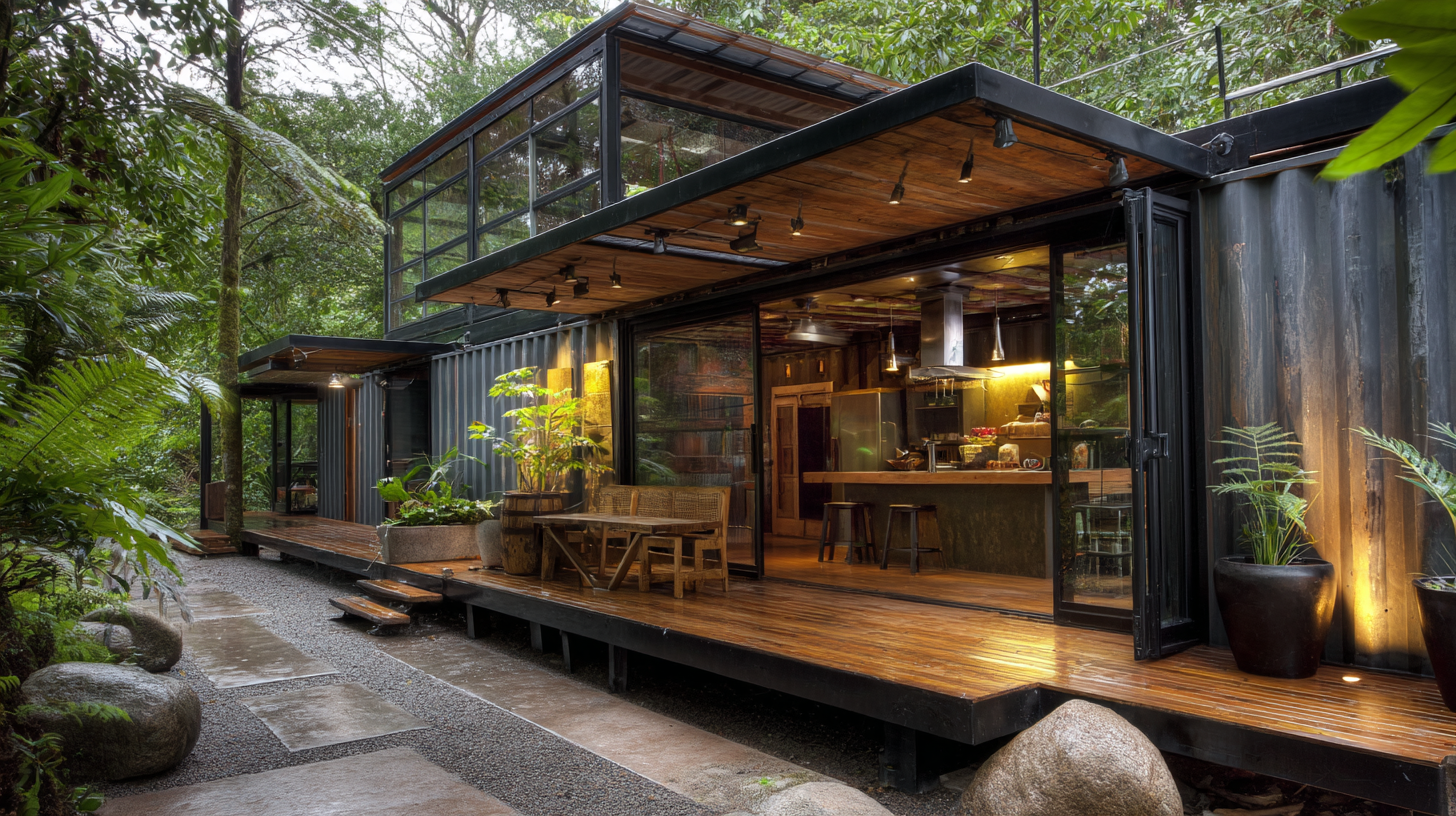
Creative Space Utilization in Freight Container Homes for Sustainable Living
Freight container homes have emerged as a versatile solution for sustainable living, notably due to their ability to maximize space utilization in innovative ways. According to the International Organization for Standardization (ISO), a standard 20-foot shipping container provides approximately 160 square feet of living space, which can be creatively transformed into functional areas such as kitchens, living rooms, and even home offices. A recent report by Smith and Associates highlights that repurposing these containers not only reduces wastage but also promotes eco-friendly practices by minimizing the carbon footprint associated with traditional building materials.
The creative design possibilities with freight containers are virtually limitless. Architects and designers often stack, arrange, and modify containers to create multi-level homes or communal living spaces that cater to diverse needs. For example, a study published in the Journal of Green Building found that integrating green roofs on container homes can enhance insulation and energy efficiency, leading to reductions in heating and cooling costs by up to 20%. Furthermore, by incorporating modular designs, homeowners can easily expand or adapt their living spaces as their lifestyles change, demonstrating a practical approach to sustainable living that resonates with the growing demand for adaptive housing solutions.
Innovative Design Ideas for Sustainable Living with Freight Container Homes
This bar chart illustrates the percentage of various innovative design ideas employed in freight container homes for sustainable living. The data reflects how these designs contribute to energy efficiency, space utilization, and eco-friendly practices.
Incorporating Renewable Energy Solutions in Container Home Designs
Sustainable living is becoming a priority for many, and freight container homes offer a unique solution that combines affordability and eco-friendliness. A key aspect of these innovative designs is the incorporation of renewable energy solutions, such as solar panels and wind turbines. According to a report by the International Energy Agency, transitioning to renewable energy can reduce greenhouse gas emissions by up to 70% in residential settings. By integrating these technologies into container home designs, homeowners not only minimize their carbon footprint but also benefit from significant long-term savings on energy costs.
When designing a container home, consider implementing energy-efficient appliances and smart home systems that optimize energy use. For instance, Energy Star-rated appliances consume 10-50% less energy than standard models, making them an excellent choice for eco-conscious living. Additionally, utilizing passive solar design principles can enhance thermal efficiency, allowing homes to maintain comfortable temperatures without relying heavily on mechanical heating or cooling.
Tip: Always consult with a renewable energy specialist to determine the best resources and technologies suited for your location and energy needs. Additionally, consider community solar programs in your area, which can provide access to solar energy without the need for extensive rooftop installations.

Eco-Friendly Insulation Techniques for Freight Container Residences
Freight container homes have emerged as a popular solution for sustainable living, and one of the key aspects of their eco-friendliness lies in the insulation techniques used. Traditional insulation materials can often contribute to environmental degradation, but innovative approaches are transforming how we insulate these unique residences. Among the most effective methods is the use of recycled materials, such as denim, which not only provides excellent thermal performance but also reduces waste in landfills. Additionally, incorporating natural fibers like sheep's wool or hemp ensures a sustainable and breathable option, promoting healthier indoor air quality.
Another technique gaining traction is the application of insulating paints or coatings. These eco-friendly products can significantly reduce energy consumption by reflecting heat, keeping interiors comfortable without over-reliance on HVAC systems. Furthermore, utilizing passive solar design principles, such as strategically placed windows and thermal mass, can enhance the home’s insulation performance without the need for conventional materials. Together, these methods contribute to the creation of freight container homes that are not only energy-efficient but also harmonious with environmental sustainability.
Innovative Design Ideas for Sustainable Living with Freight Container Homes - Eco-Friendly Insulation Techniques for Freight Container Residences
| Design Idea | Insulation Technique | Eco-Friendly Material | Energy Efficiency Rating | Estimated Cost (USD) |
|---|---|---|---|---|
| Modular Container Home | Spray Foam Insulation | Recycled Cotton | A+ | $50,000 |
| Tiny Container House | Fiberglass Insulation | Sheep Wool | A | $30,000 |
| Luxury Container Villa | Structural Insulated Panels (SIPs) | Hempcrete | A++ | $120,000 |
| Family Container Home | Mineral Wool Insulation | Recycled Paper | B+ | $75,000 |
| Eco-Friendly Container Studio | Reflective Insulation | Cork | A | $40,000 |
Aesthetic and Functional Interior Design Tips for Container Homes
Freight container homes are rapidly gaining popularity as a sustainable living solution, but aesthetic and functional design remain crucial for maximizing their potential. According to the World Economic Forum, the market for sustainable building materials is set to reach $650 billion by 2027, highlighting the growing demand for innovative yet eco-friendly living spaces. To achieve a harmonious interior, it’s essential to combine both style and utility.
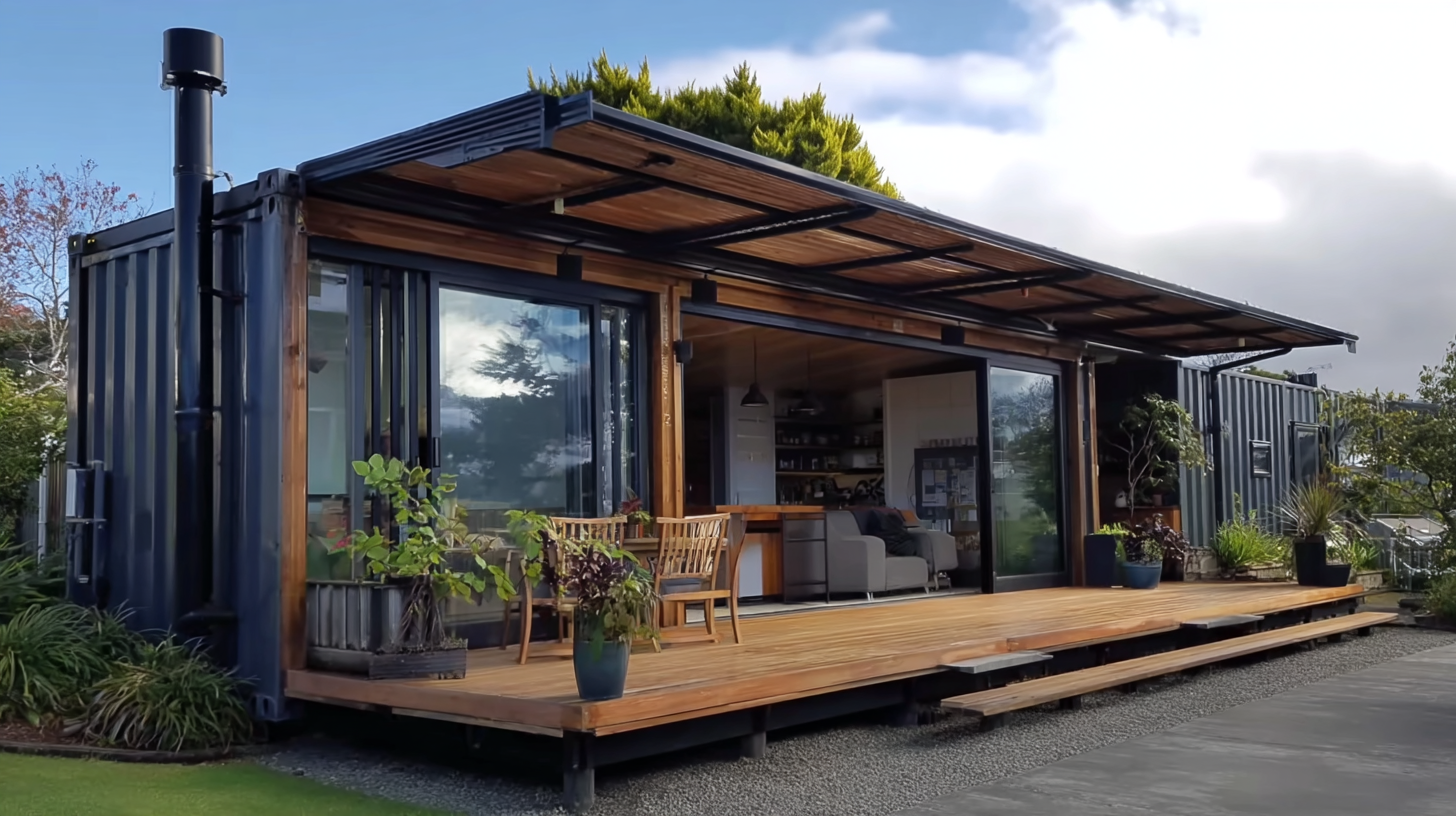 Tip 1: Emphasize natural light. Since containers have limited windows, consider installing large glass doors or skylights to flood the space with natural light, enhancing the overall ambiance while reducing the need for artificial lighting. A well-lit space can also create an illusion of more room, making it feel larger.
Tip 1: Emphasize natural light. Since containers have limited windows, consider installing large glass doors or skylights to flood the space with natural light, enhancing the overall ambiance while reducing the need for artificial lighting. A well-lit space can also create an illusion of more room, making it feel larger.
Tip 2: Use multi-functional furniture. With limited square footage in container homes, choosing furniture that serves multiple purposes can be a game changer. For example, a fold-out table can serve as both a dining area and a workspace, allowing residents to make the most of their space without compromising on style. As reported by the AIA, 62% of architects believe that flexibility and multi-functionality in design are key to sustainable living.
Incorporating greenery through indoor plants not only improves the air quality but also adds a vibrant touch to the container’s interior. Consider vertical gardens or hanging pots to maximize space while creating a calming atmosphere that resonates with nature.
Innovative Landscaping Ideas to Complement Freight Container Living Spaces
Freight container homes have gained popularity as a sustainable living solution, not just for their eco-friendly construction but also for their unique design potential. To enhance these living spaces, innovative landscaping ideas are crucial. According to a report by the National Association of Home Builders, approximately 62% of homeowners value outdoor spaces as essential extensions of their homes. By implementing creative landscaping, container homes can blend harmoniously with their surroundings and promote a holistic lifestyle.
One effective landscaping strategy is utilizing vertical gardens. These not only optimize space but also improve air quality by acting as natural air filters. A study published in the Journal of Urban Ecology emphasizes that such gardens can reduce ambient temperatures by up to 6°C, contributing to energy savings. Integrating native plants into these designs further supports local biodiversity while requiring less water, aligning with sustainable practices. Utilizing drought-resistant flora can reduce irrigation needs by up to 50%, making it a practical choice for container home dwellers.
Additionally, creating outdoor living spaces with raised beds and edible gardens can foster a greater connection to food sources. The American Community Gardening Association notes that community gardens can increase access to fresh produce for urban residents, underscoring the health benefits of greening container home environments. By merging innovative landscaping techniques with freight container homes, residents can cultivate spaces that are not only aesthetically pleasing but also environmentally responsible.
Related Posts
-
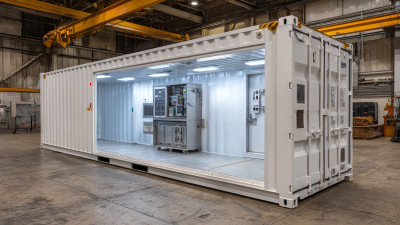
Unlocking the Potential: Innovative Uses for Specialty Shipping Containers in Modern Industries
-
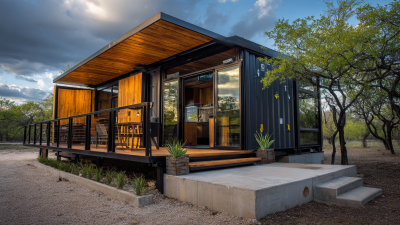
Unlocking the Potential of Custom Built Shipping Containers for Sustainable Living Solutions
-
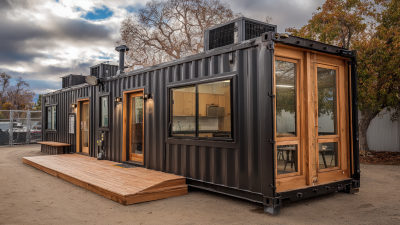
Transform Your Space: How Custom Built Shipping Containers Revolutionize Sustainable Living Solutions
-
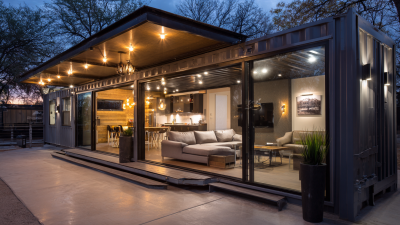
Transforming Spaces: The Versatile Benefits of Custom Built Shipping Containers in Modern Architecture
-

Revolutionizing Modern Architecture: The Rise of Cargo Container Construction in Sustainable Living
-
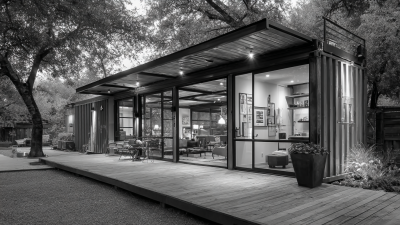
Exploring the Rise of Shipping Container Houses: A Sustainable Solution for Affordable Housing

